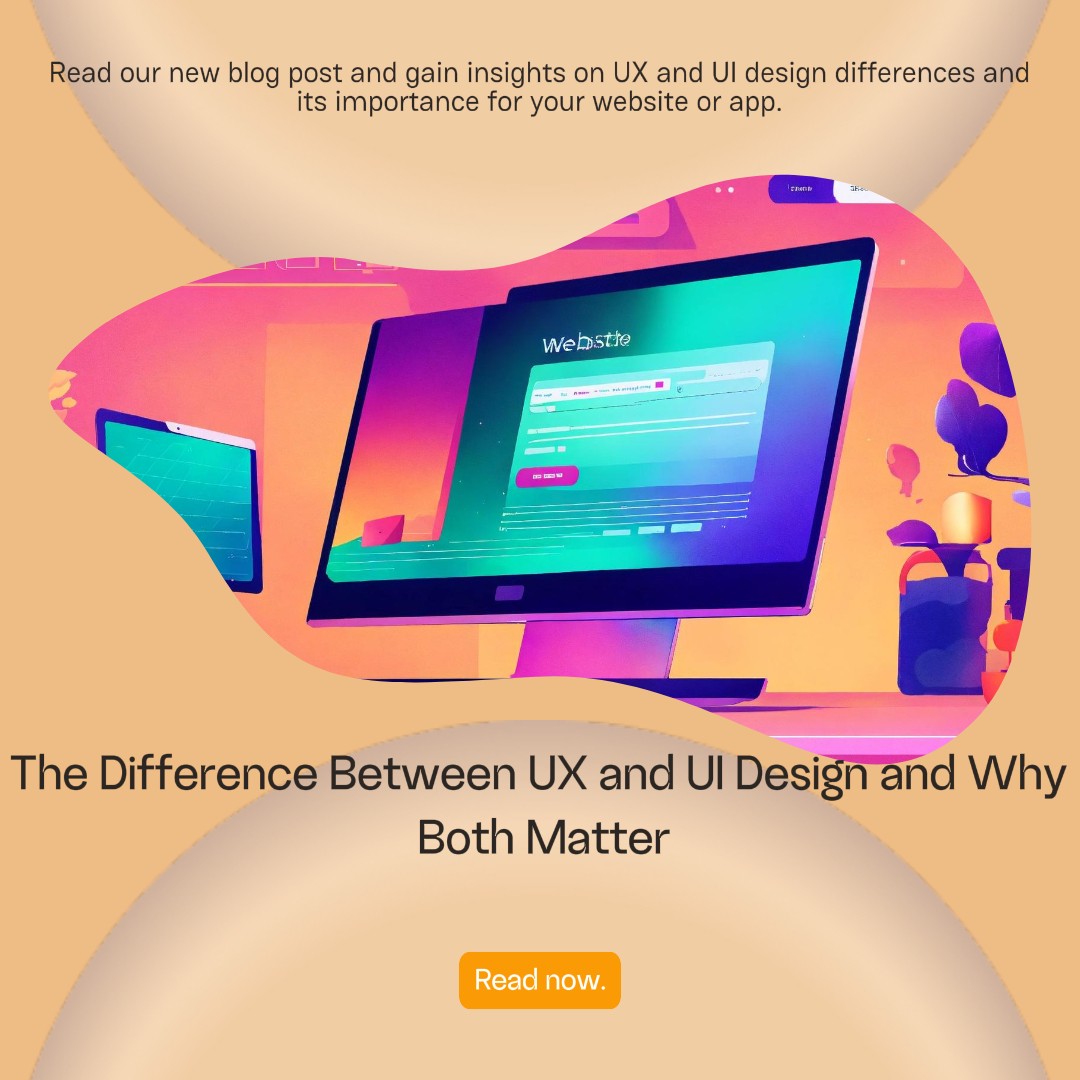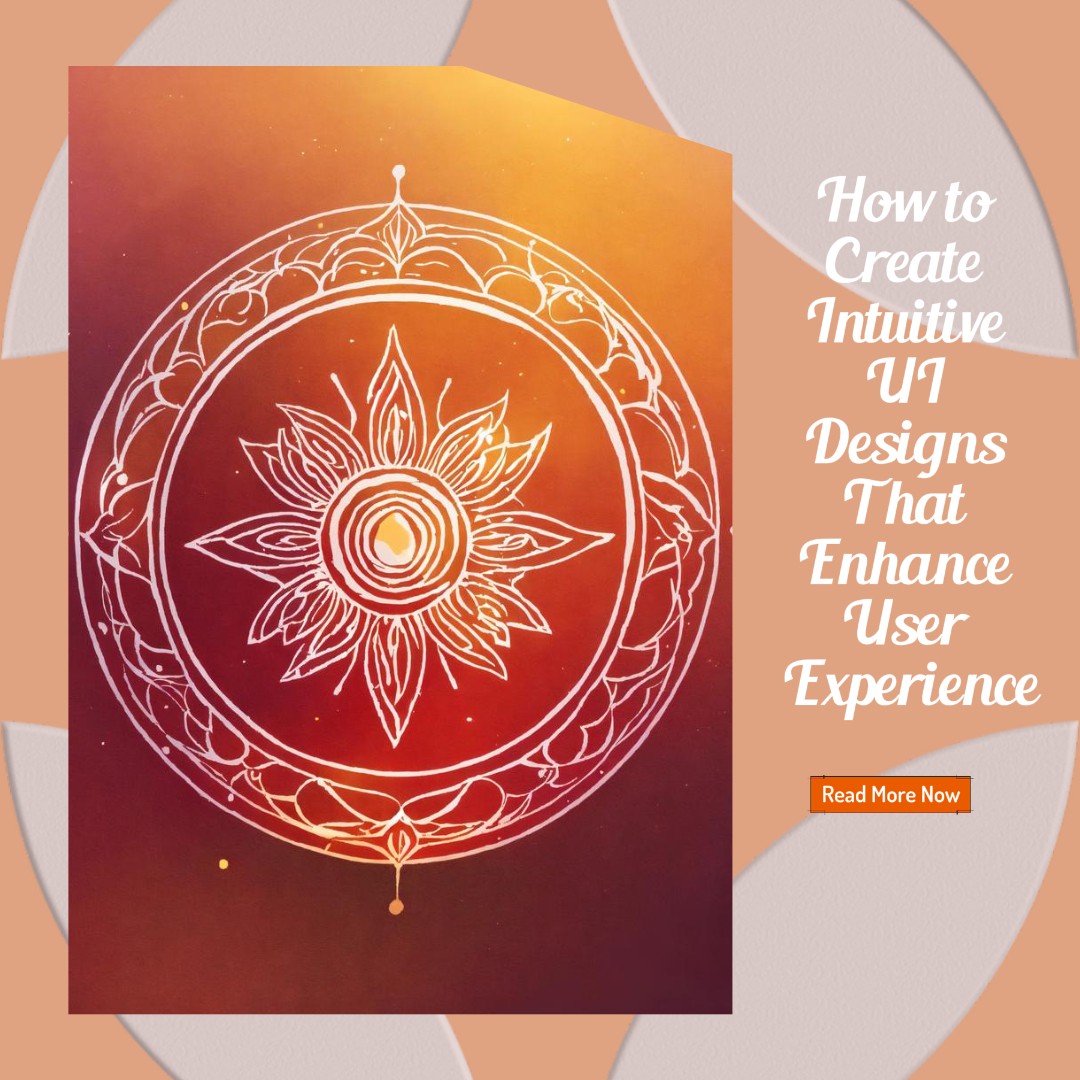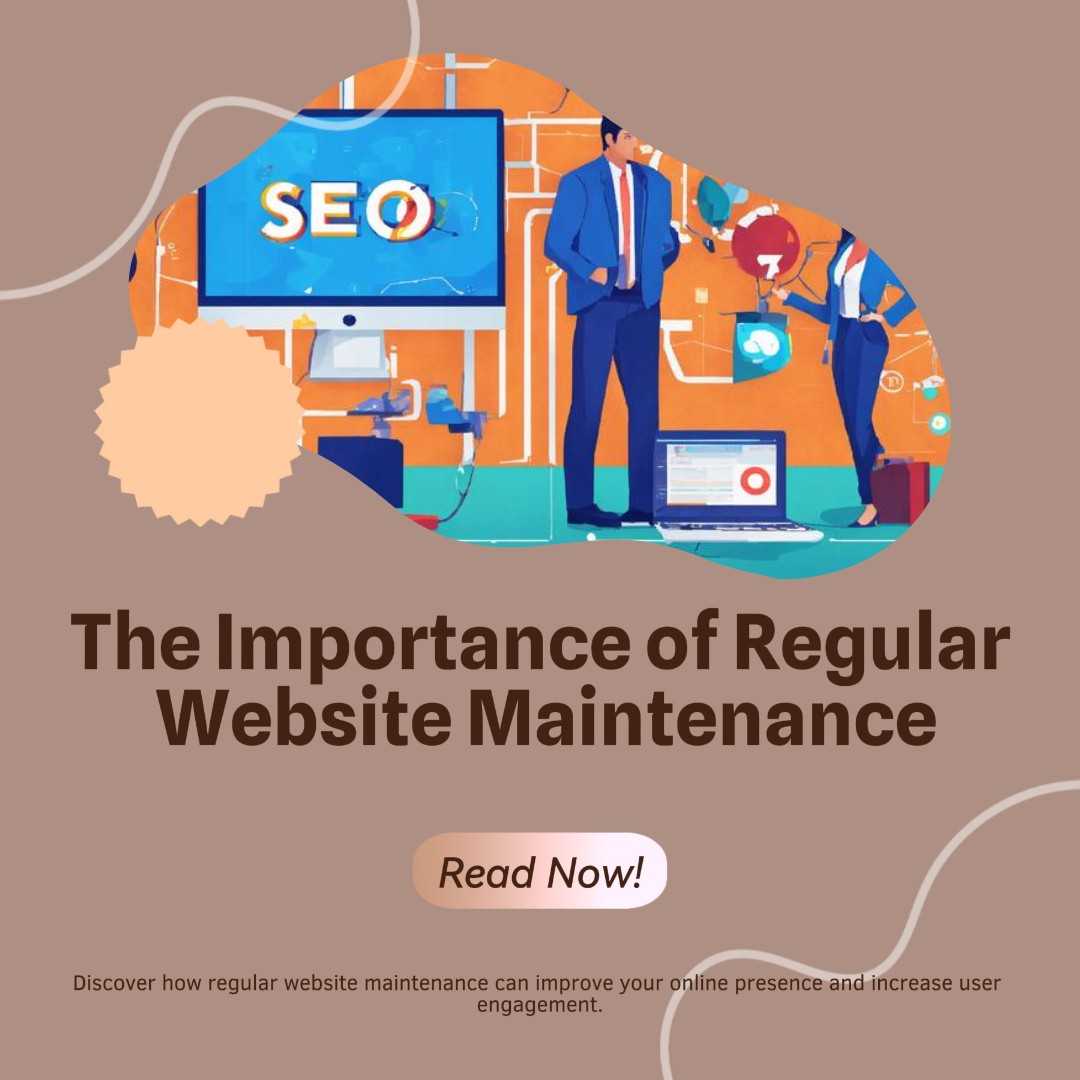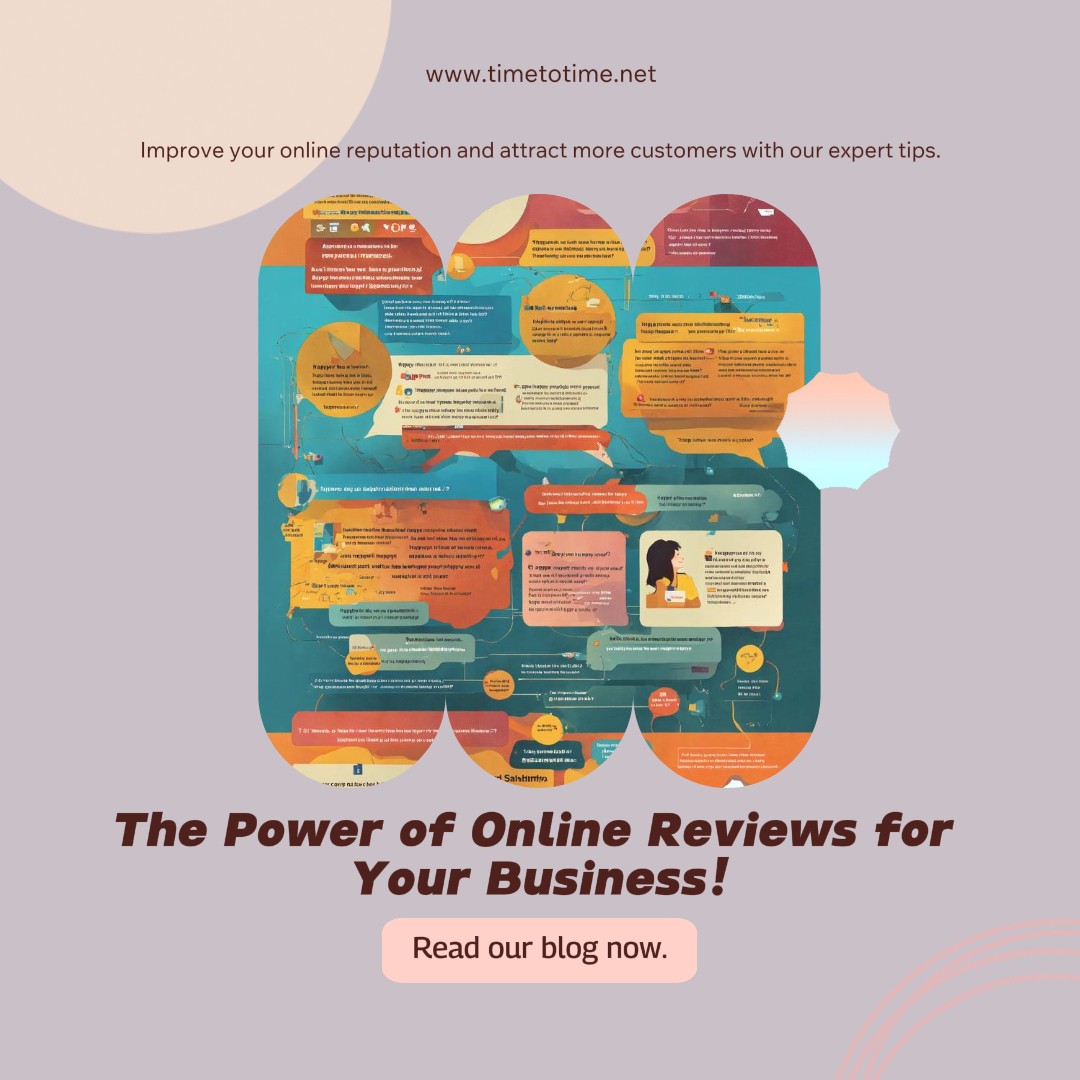These days in the age of digitalization, one would simply see so much jargon circulating the two basic terms—UX, or user experience, and UI, or user interface—basically when referring to web design and app development. So what are they, and why do they matter? Well, you’re certainly not alone if ever you thought of how they differ from each other. Though UX and UI sound pretty synonymous, actually, these are two pretty different design elements functioning together so that there aren’t any seams in user experiences. Building an imaginary house would be the same thing: UX is the blueprint or how the house would function, and UI is the paint and decor—or how it looks. Both are necessary to create an effective design. Having walked through the expanse of UX and UI and finally knowing what each term means and why both of them need each other so badly, it is time to take things to the next step.
Table of Contents
- What is UX Design?
- What is UI Design?
- How Do UX and UI Work Together?
- Key Differences Between UX and UI
- Why UX is Important
- Why UI Matters
- UX and UI in Daily Life
- Best Examples of UX and UI Design
- Common Misconceptions About UX and UI
- Becoming a UX/UI Designer
- One UX/UI Tool Every Designer Should Be Familiar With
- The Future of UX and UI
- Conclusion: Why Both Matter
- FAQs
1. What is UX Design?
Now, UX, user experience, is that discipline which concerns the user’s relation with a product or a service. The essence of UX design lies in how it should be offering a flowing experience for the user, something intuitive and enjoyable while functioning round functionality and usability of the product, even while referring to the user’s ability to find his or her way and engage with it.
Of course, when referring to web and application design, UX would refer to how users navigate pages, how easily they will get what they want, and whether that experience is intuitive or clunky. Thus, many researches are conducted in user experience design and drafting of wire frames, the prototype is tested and the needs as well as the behavior of the user are understood.
2. What is UI Design?
This simply means the visual elements of the product—that is, colors, fonts, and buttons—everything, basically, that the user has to interact with. So, in simple words, whereas UX focuses on functionality as well as feel of the product, UI on its looks. In short, it is the work of a UI designer to provide an interface that not only aesthetically pleasing but also raises the user experience.
It is “the skin” of the product that has a layer of button styles, typographies, and icons giving it a very aesthetically pleasing and wonderful overall look, hence supporting the purpose of the product and thus being consistent.
3. How Do UX and UI Work Together?
Although UX and UI are lightyears apart, they walk hand in hand. While the UI beautifies the journey making it a feast to the eye and the soul, the UX is all about the journey. Think: navigating through a new city; let’s differentiate between UX and UI. The great landmarks come in the way and, meanwhile, a well-planned road takes you safely to your destination.
If it were not for UX, UI would mean a pretty city without any signposts or street signs; and if it were not for UI, UX would work properly but not necessarily so pretty to look at.
However, the two together are required to result in a fully usable working product which also looks fine too.
4. Key Differences Between UX and UI
The key differences which set UX apart from UI are extremely useful to know when one is considering developing intuitive designs:
- The concern of UX is how the product works and is used.
- Concern of UI is how the product looks and is aesthetically pleasing.
- UX cares more about research, wireframes, and functionality.
- UI cares more about colors, fonts, icons, and general style.
- UX is like building the foundation and structure of a house, whereas UI is the final decor that makes it interesting.
5. Why UX is Important
This is pretty easy to achieve if the UX is good. A bad UX, therefore, with bad design in user experience frustrates users and makes them leave the product—the app, website, or service—soon. Good UX increases user satisfaction, boosts engagement, and improves retention.
How important is UX to a business? All about the dollar signs—the possibility of conversion. The easier it is for a user to find what they’re looking for on a site or application, the better their chances of following through on such an activity as purchasing and signing up for a newsletter.
6. Why UI Matters
The functionality of UX stands in contrast to what UI aims at concerning the visual aspect of the product. First impressions do count, and bad UI may easily make users lose interest right away. An appealing and user-friendly interface keeps users entertained and will continue to interact more with the product.
This is particularly important with regards to UI design about brand identity and recognition. Colors, fonts, and layouts of a product develop an exact identity that can be associated with a brand name.
7. UX and UI in Daily Life
You probably hear about UX and UI design every day, and you mostly won’t even be aware of it. For example, let’s take a smartphone: UX ensures that the phone is easy to use. The UI ensures the overall look and feel on display, that the icons and the fonts are great.
For instance, you go to the ATM. For example, that the UX is the way through which one processes his or her transactions, the well-understood steps and clear buttons in which the recipient is processing through them to then correctly process. The UI, however, is the visual design of the interface of the machine, clear text and buttons and color schemes that help someone go through his transaction.
8. Best Examples of UX and UI Design
Here are some examples of outstanding UX and UI design:
- Apple iPhone: It always had a user-friendly experience from start to finish with a very neat UI, and UX is at par too.
- Airbnb: The Airbnb application is great in terms of the UX as well as UI that has easy and interactive navigations with a clean interface that is visually great.
- Dropbox: Dropbox has managed in such a manner that the design becomes intuitive enough to upload, save, or share files with minimum possible effort and with being spotlessly clean and modern.
These companies realize that these two, that is, UX and UI, form a package needed in order to create the kind of product that users love and come back.
9. Common Misconceptions About UX and UI
There are a number of very common myths that have a relation to the misconception people often have between UX and UI; some of them are listed below:
- UX and UI are the same: That is partially correct since UX and UI go along with one another. However, they are not the same things.
- UI is more important than UX: Absolutely false because both are on the same level or platform otherwise beautiful graphics and visuals cannot bail out a bad user experience.
- UX is usability: Absolutely not true because UX is not concerned with merely whether or not a design is usable but with understanding the emotional context of users.
10. Becoming a UX/UI Designer
A UX/UI designer is a craftsperson combining creativity with technical skills and must have empathy toward the users. Brief Outline:
- Get Familiar with Fundamentals: Understand the principles of UX and UI design. Online courses and tutorials abound.
- Practice: Software design for mockup and prototyping.
- Portfolio: Actual projects go up as examples for employers.
- Recent Trends: Trends and tools change every now and then in UX/UI design.
11. One UX/UI Tool Every Designer Should Be Familiar With
There are very many tools available to the UX/UI designer in order to create designs of excellence, such as the following:
- Figma: This is a very powerful tool for the designing of UI and has real-time cool collaborations wherein those design spaces.
- Sketch: This is another very commonly used tool by designers for sketching their UI elements as well as wireframing.
- Adobe XD: Known for creating both UX as well as UI designs which allows designers to do everything in one application.
- InVision: The prototyping tool enables designers to turn static designs into an interactive mockup that can be tested by users.
12. The Future of UX and UI
Technological nature is changing continually, and that in itself is the driving force in front-end and user experience/user interface design. Future trends in brief term will be:
- Voice and gesture interfaces: The user would interact through voice commands or hand gestures.
- AR: Placing AR on every product to experience the full-fledged UX/UI.
- Personalization: Each and every UX/UI to suit individual tastes and behavioral patterns.
So, in the near future, UX/UI becomes even more intuitive and personal—a focus design.
13. Conclusion: Why Both Matter
To put it simply, both UX and UI go hand-in-hand to make up the product design. The former will ensure that the product works right and meets its user’s requirements while the latter is what makes the experience beautiful and delightful to the eye. Releasing one will lead to a product that either is hard to use or is not an attractive thing to the eye. Products that are loved by people should be based on both journey and its appearance.
14. FAQs
1. What defines a UI design as intuitive?
An intuitive UI design is readable and understandable without extreme instructions. The wording can be simply put in a way that intuitive UI design has a simple, consistent, and understandable feedback.
2. What would you do so your UI is accessible to all kinds of users?
First, it should involve high contrasting colors and readable fonts while all images should have alternative text representations so that every person would know what is inside the images. Following such accessibility guidelines could therefore be adopted in developing your design so that it may come out to be effective for any user.
3. What are some common mistakes you’ve encountered in your UI design experience?
Common mistakes are info overload in the interface, unclear labels, and a failure to add mobile responsiveness.
4. Why do users need feedback in UI design?
This is very crucial because it shows you how the real users interact with your design, so you will be in a better position to improve where necessary.
5. What are some of the tools I can use for designing UI?
Other trending solutions for UI design work are Adobe XD, Sketch, and Figma. They support designing, prototyping, and testing work in an organized manner.






